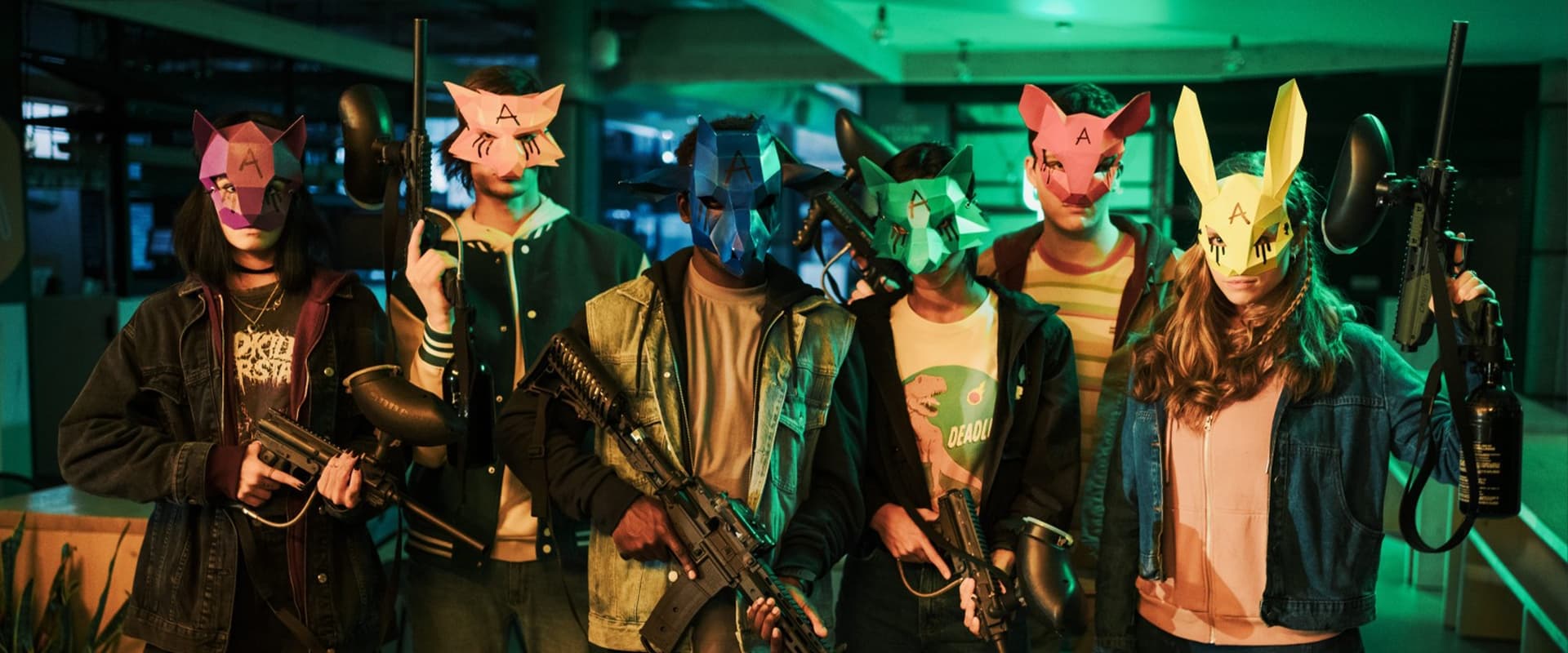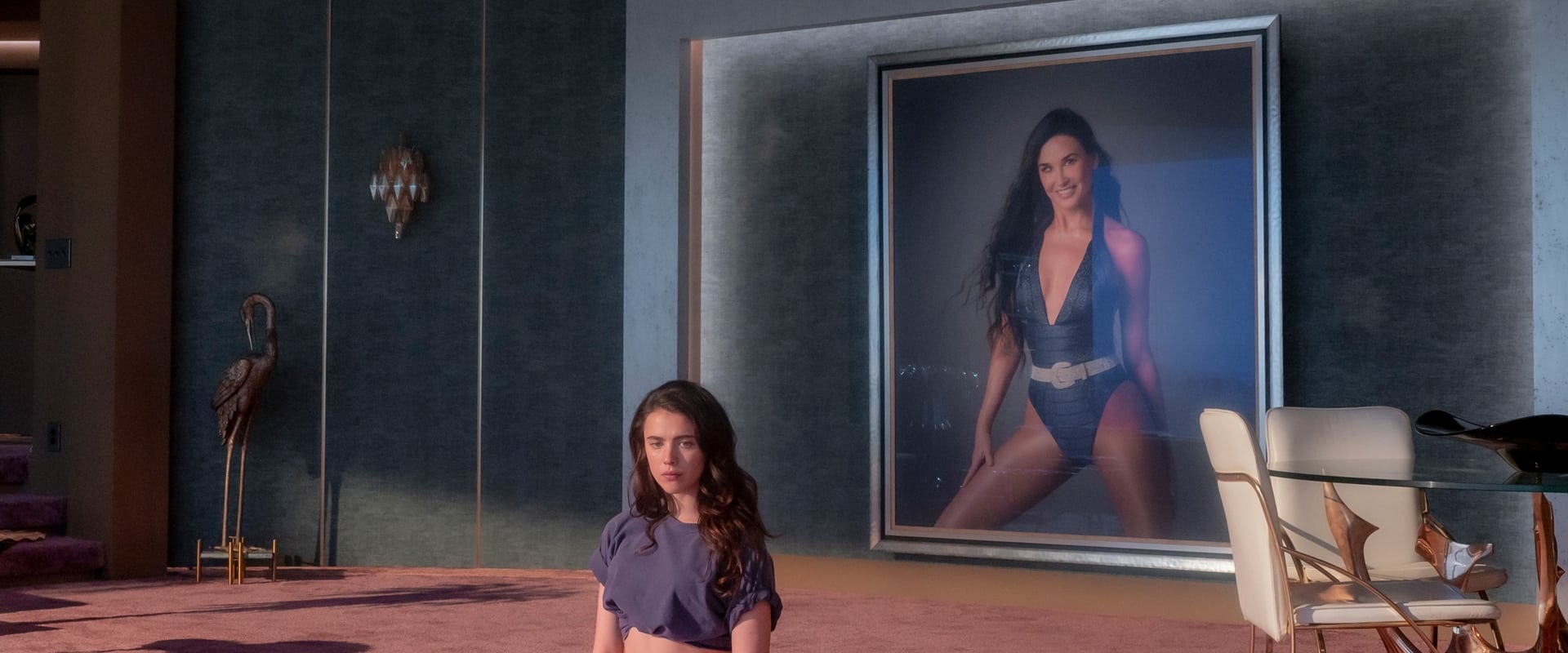If you ever wondered what would happen if you left a beloved childhood character unattended in a leaky canoe, drifting down the stagnant waters of cheap horror, Popeye’s Revenge arises as your answer — but not so much with a punch as with a dispirited flop. Somebody somewhere, perhaps haunted by the nightmares of public domain, gazed at E.C. Segar’s iconic spinach-munching sailor and thought, “Why not transmogrify him into a slasher villain?” Why not, indeed.
William Stead and Harry Boxley, the respective director and writer, have presumably gone on a “creative” bender — if creative means spelunking through the dollar bin of horror tropes with half-drawn storyboards and the ironic bravado of children redesigning Mount Rushmore with crayons. Their dark vision of Popeye, now re-imagined as a hulking, haunted camp-wrecker, traps the hero in a narrative so far from his spinach-powered virtues, you have to squint to see even a trace of irony. The opening animated prologue — I can only assume crafted on a binge of Red Bull and regret — is so determinedly childlike that it lands somewhere between daycare nap-doodle and the world’s most dispiriting storyboard.
Steven Murphy, tasked with shouldering the madness in the titular role, exhibits the uncanny energy of an understudy at a costume party. His Popeye is neither menacing nor tragic; he’s an abandoned prop, a plastic anchor meant for laughs that instead elicits only confusion. And as for supporting cast — Danielle Scott, Emily Mogilner — God bless them for simply showing up, even if their lines have all the dramatic tension of a weather report. The script provides “personalities” crafted with such thinness it’s as if the writers dared one another to trim down to the barest possible stereotype, and then hack even further.
If there’s a category in contemporary horror for “exquisite banality,” Popeye’s Revenge stakes its claim. Olive Oyl, that ever-wobbly paper-doll of the original comic strip, is yanked into Popeye’s orbit as a partner in murder — not so much a twist as a desperate lunge for thematic depth. Their jarringly farcical courtship-by-carnage begs the question: When did couple’s therapy become synonymous with murder-suicide?
The film’s forays into psychological horror are, if anything, unwittingly comical. We’re led down the garden path of “unsettling,” but trip haplessly into the mud puddle of self-parody. Recent attempts to desecrate other icons (see: the Winnie-the-Pooh bloodbath), for all their own tone-deaf meanness, at least knew how to wink. Stead and Boxley serve us the world’s most tightly-wrapped in-joke — but forget to let the audience in on the punchline.
Visually, the production is neither campy enough to transcend its own squalor nor self-aware enough to mine parody. The kills, theoretically the raison d’être of the slasher, are so joylessly realized — so very free of cartoonish mayhem — that one yearns for a single inspired set-piece: just one spinach-laced decapitation, sardines spraying arterial red, or even a stray pipe-to-the-gut. Instead, we get pump-squirts of red paint on silicone implants and close-ups that reek of damp carpet, both in literal and existential terms.
One can almost sense the filmmakers’ exasperated pride in the film’s 79-minute running time, as if to declare, “See? We’ve spared you a tenth circle in this cinematic inferno.” But brevity is no excuse for unearned tedium. Popeye’s Revenge isn’t the so-bad-it’s-good cult oddity that greets you with midnight laughter; it’s the so-bad-it’s-barely-endurable slog, stretching on like a rainy Sunday detention with no sign of release.
And so we are left, deflated and slightly ashamed, with the aftertaste of a beloved legacy processed through the meat grinder of nostalgia-baited horror. The makers of Popeye’s Revenge do not merely fail to connect with the original’s joie de vivre; they stumble over it, backtrack, and then stuff it into a trunk marked “For Disillusioned Millennials Only.” The only revenge worth contemplating is the one the audience might seek upon the filmmakers.
If there is a lesson here — aside from the unshakable conviction that not every icon needs a grim-dark reboot — it is this: some stories should simply stay at port. No amount of spinach can save this particular voyage from the doldrums of uninspired excess and soft-edged lunacy. Let Popeye rest, for all our sakes, and let the blood-soaked sailor drift back into the waters of comic memory, unspoiled and far, far away from here.


